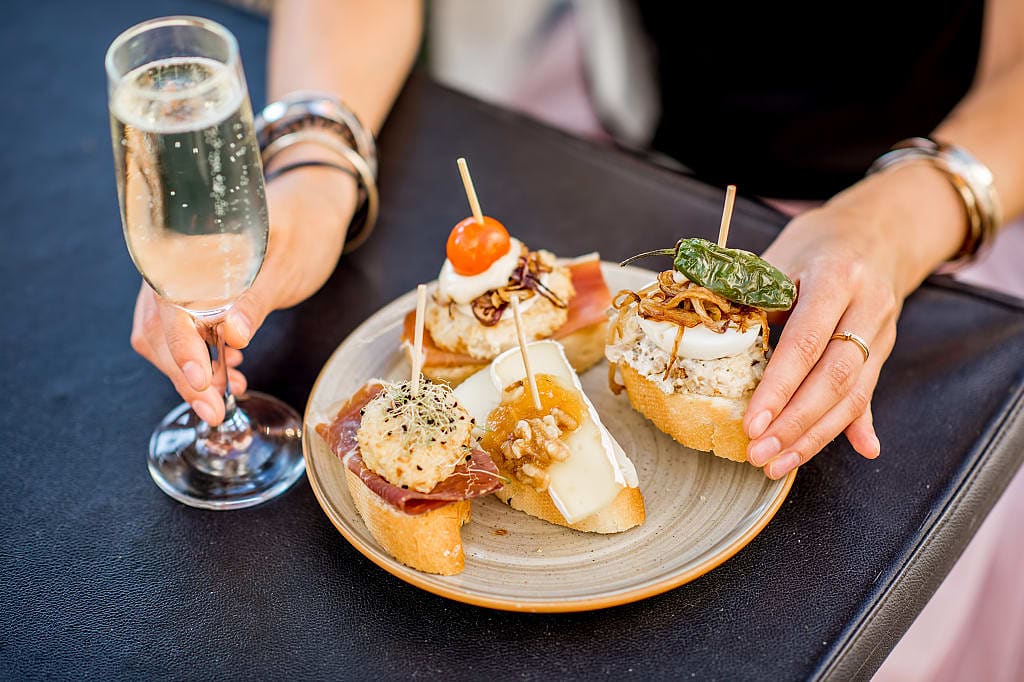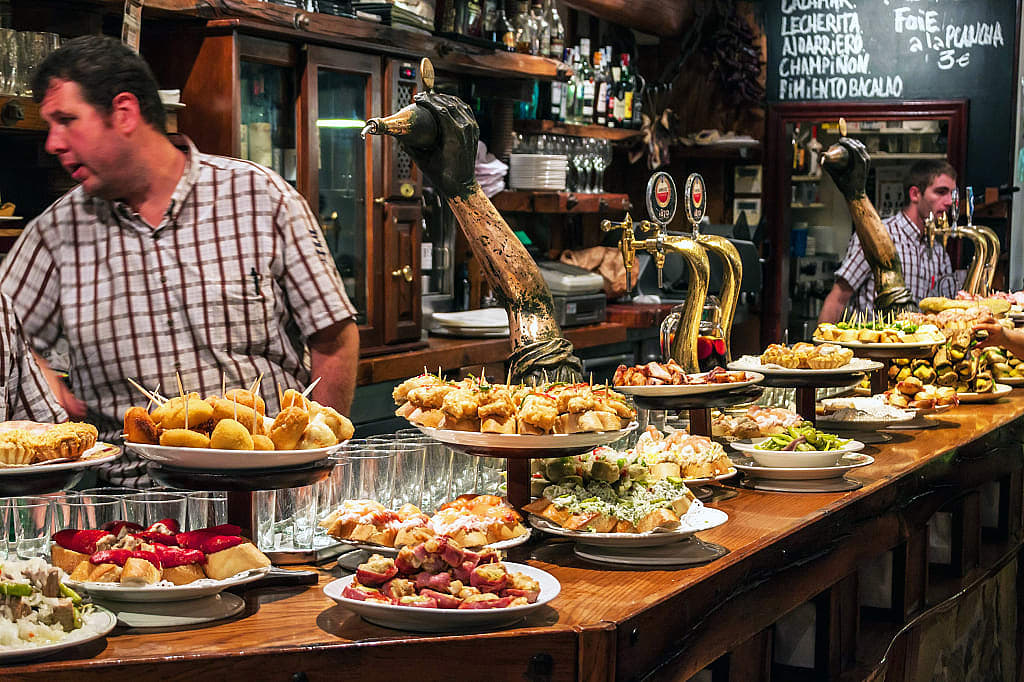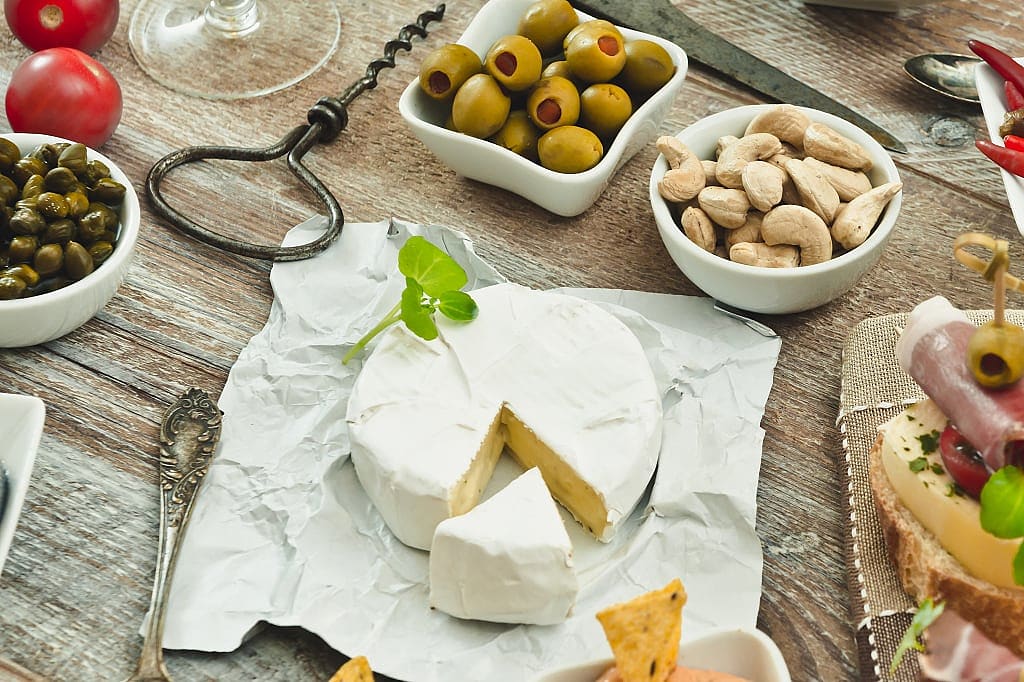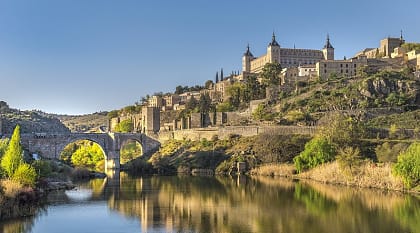The dish originally acted as a small snack or appetizer people could eat before their meal as it is customary to eat dinner later in the evening. Out of the custom has grown a new style of dining experience referred to as tapear, which loosely translates to dining on tapas. Traveling between bars or restaurants and sampling the flavorful creations of different eateries is known as ir de tapas. Certain cities in Spain continue the aged practice of providing free tapas when customers order a drink. The idea derived from the belief the salt from the food would keep patrons buying more alcohol to quench their thirst. This practice has become rare over time, especially after the growth of tourism and low-budget backpackers but remains popular in cities like Granada.
When wandering around Spain, the diverse explanation of the tapa tradition accounts for numerous regions vying to be the birthplace of the acclaimed Spanish culinary custom. One legend dates the origins to King Alfonso X who ate small portions of food with large quantities of wine after recovering from an illness. The food helped curb the effects of alcohol. He then decreed bars should not serve wine unless accompanied by food, in the belief it would limit public intoxication. One of the more popular accounts of tapas’ origins refers to the derivation of the word tapa, which stems from the verb taper, meaning, “to cover.” Bartenders used a piece of bread topped with cheese and ham on a saucer as a lid to cover patrons’ drinks.










